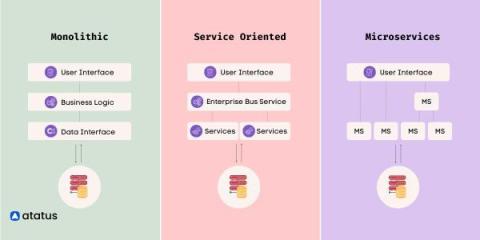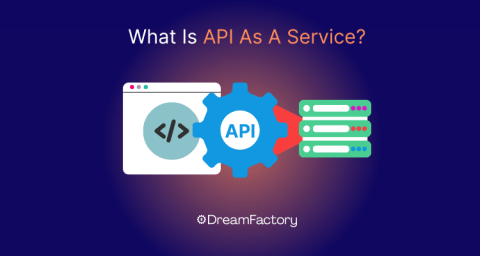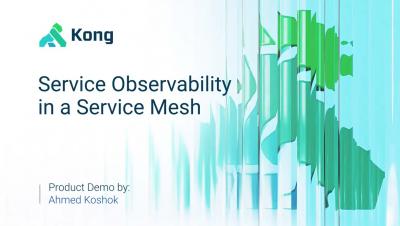What are Microservices? Code Examples, Best Practices, Tutorials and More
Microservices are increasingly used in the development world as developers work to create larger, more complex applications that are better developed and managed as a combination of smaller services that work cohesively together for more extensive, application-wide functionality. Tools such as Service Fabric are rising to meet the need to think about and build apps using a piece-by-piece methodology that is, frankly, less mind-boggling than considering the whole of the application at once.











